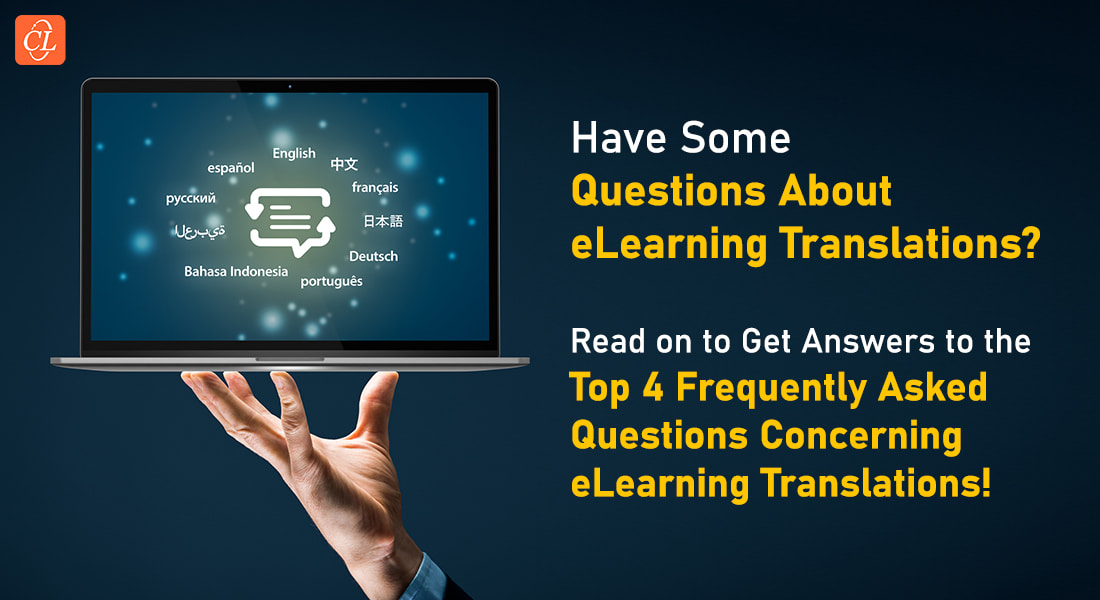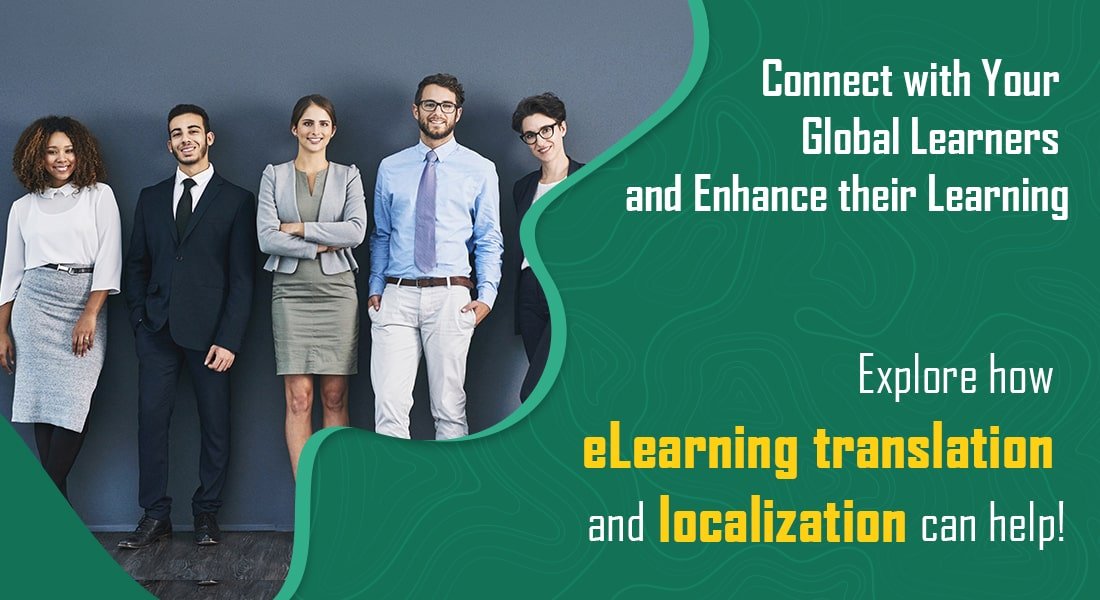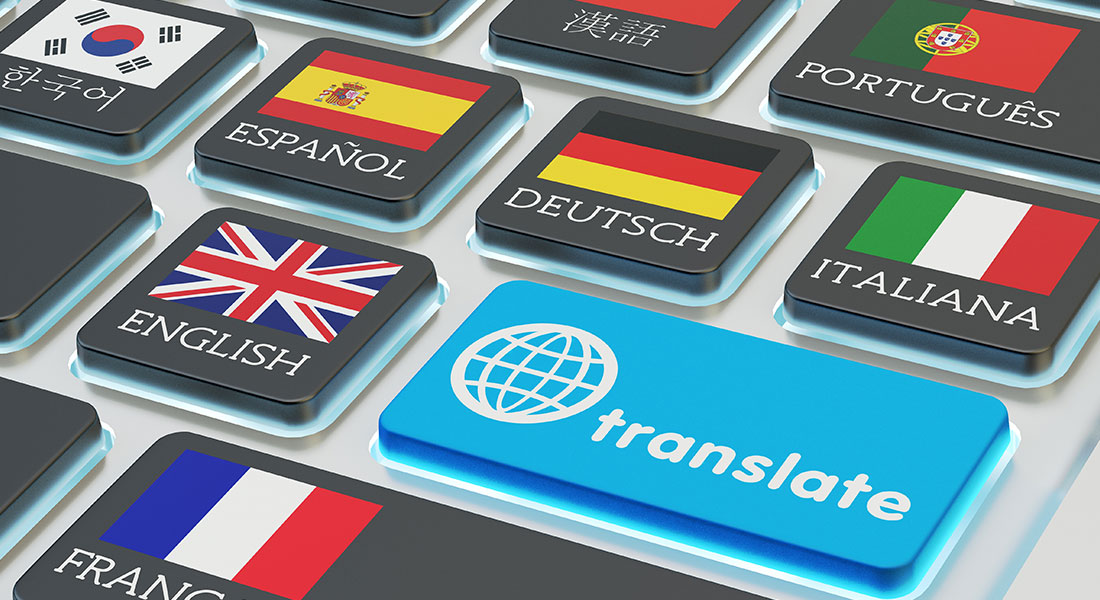Top 4 FAQs About eLearning Translations Answered!

Since the COVID-19 constraints on social distance and WFH were implemented, eLearning has emerged as the most accessible learning method on the planet. Additionally, translation for e-learning is a productive approach to provide your personnel, who may be spread out throughout the globe, with continuous training. Additionally, you must already be thinking about adapting your courses to accommodate them if you are a global business with locations and people spread out throughout the globe. However, if you have any inquiries concerning translations, the solutions are provided below!
Wondering How to go Ahead With eLearning Translations?
Here are the Top 4 Frequently Asked Questions:
- Are eLearning Translations Required Given That the Majority of Our Staff Speak English?
- What Goes into Translating an eLearning Course into Several Languages?
- Can eLearning Translations Be Done In-House?
- What Are Translation Memory Tools?
Read on to get answers to these questions.
Top 4 Frequently Asked Questions About eLearning Translations – Answered!
1. Are eLearning Translations Required Given That the Majority of Our Staff Speak English?
Your international staff might be able to understand English, but they could not grasp the language’s finer points. Additionally, because they are “working and training from home,” they are unable to ask others who are more fluent in English for clarification. Additionally, Google Translate frequently makes mistakes and is deceptive. Employees may learn whenever, wherever, in the language in which they feel most comfortable by having the eLearning courses translated into their native tongues.
2. What Goes into Translating an eLearning Course into Several Languages?
Translating eLearning courses typically consists of two things:
- Converting the English Master course’s text and audio script into the relevant languages
- Using authoring tools to create and publish the course with the translated text and audio.
Learn how to efficiently teach your worldwide staff in their native languages.
3. Can eLearning Translations be Done In-House?
Because non-professionals lack established procedures and specialized tools, using them to translate eLearning can lead to subpar quality, missed deadlines, and increased costs. Even fluency in a language doesn’t guarantee that a person can translate something accurately. Many businesses believe that utilizing an internal team to translate will save money yet doing so ends up costing more than hiring a professional. Employees are not only untrained translators, but they also have other key tasks that would be affected by adding the translation work, which will worsen the productivity.
Therefore, it is a smarter choice to outsource your eLearning translations! And to aid you in doing that, here is a checklist:
a. Plan in Advance
- Allocate budget based on the number of courses that need translation.
- Create a project plan for reviews and deliverables.
b. Select a Trustworthy Vendor
- Look for an experienced vendor with translation as a core service.
- Check for experience in similar projects (ask for samples).
c. Set-up an In-House Team for Review
- SMEs (Subject Matter Experts) to check the core content.
- Language experts to check the language.
d. Create a Glossary and Style Guide
- To maintain consistency across the translated courses.
- To help with technical jargon and frequently used terms
e. Ask for a Prototype
- Check if courses are consistent and user friendly
- Identify and fix bugs before launching the courses.
4. What Are Translation Memory Tools?
The industry of translation and localization currently uses Translation Memory (TM) on a regular basis. It refers to a database that is used to hold material that has been translated (words and phrases from the source and destination languages). When a previously translated passage reappears in the text, it saves the segment and reuses it. By reducing the translation effort of repeating texts, translation memory saves a significant amount of time and money. Utilizing past translations is made easier with the use of translation memory, which reduces translation costs and speeds up turnaround. Additionally, it improves translation uniformity throughout the whole business.
Parting Thoughts!
Despite the indisputable success of eLearning as a corporate training method, eLearning in only one language might reduce the impact of several direct and indirect advantages. To upskill their staff in a language they are familiar with and grasp, modern enterprises must adopt eLearning translation. Do you have unanswered issues concerning eLearning translation? Be at ease! To get all the answers to any queries you may have about eLearning translation, get this eBook right away. Start creating courses in several languages straight away!





![Everything You Wanted to Know about eLearning Translations (But didn’t know whom to ask)! [Infographic]](https://blog.commlabindia.com/hubfs/Imported_Blog_Media/elearning-translation-overview-info.jpg)